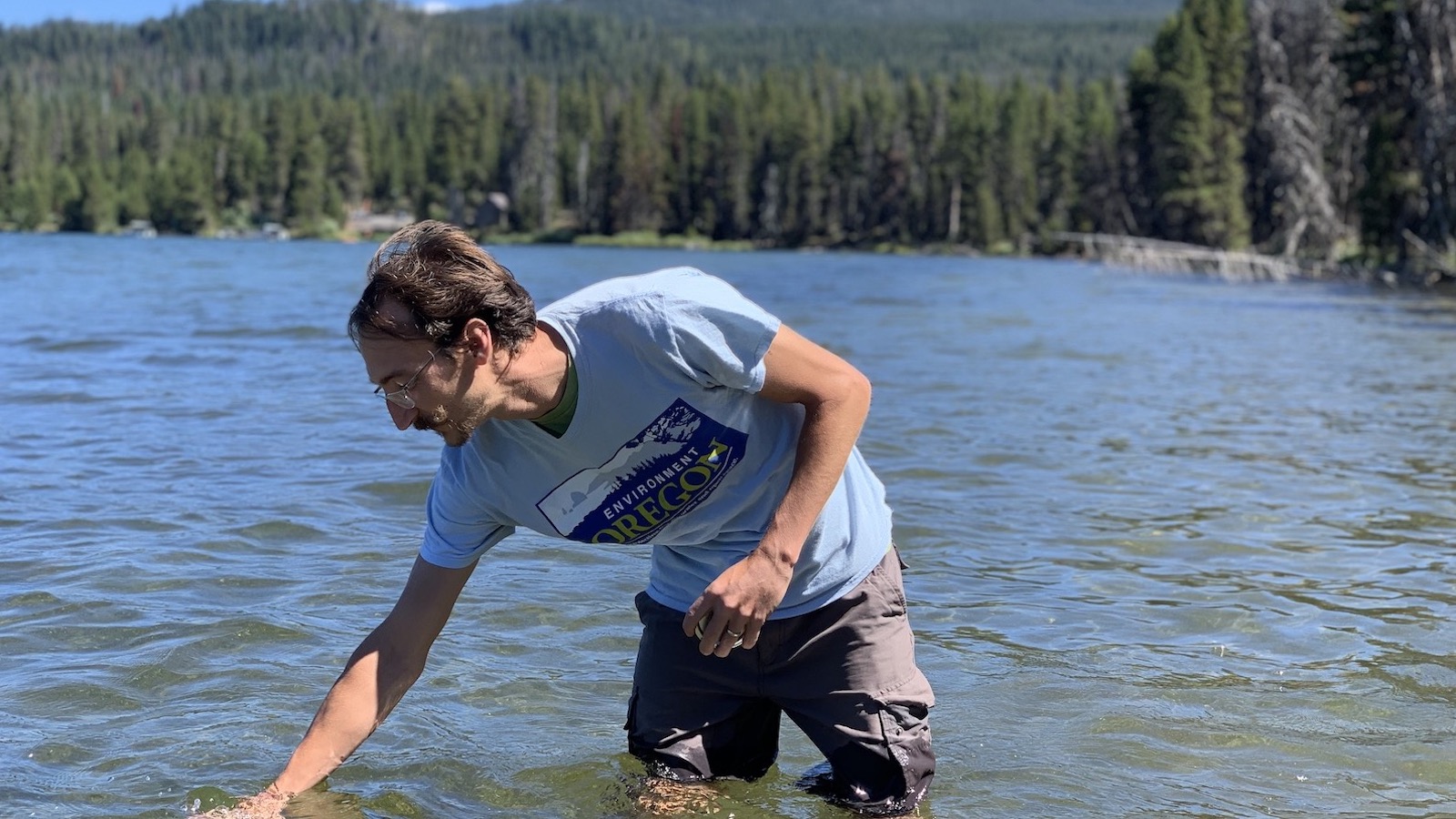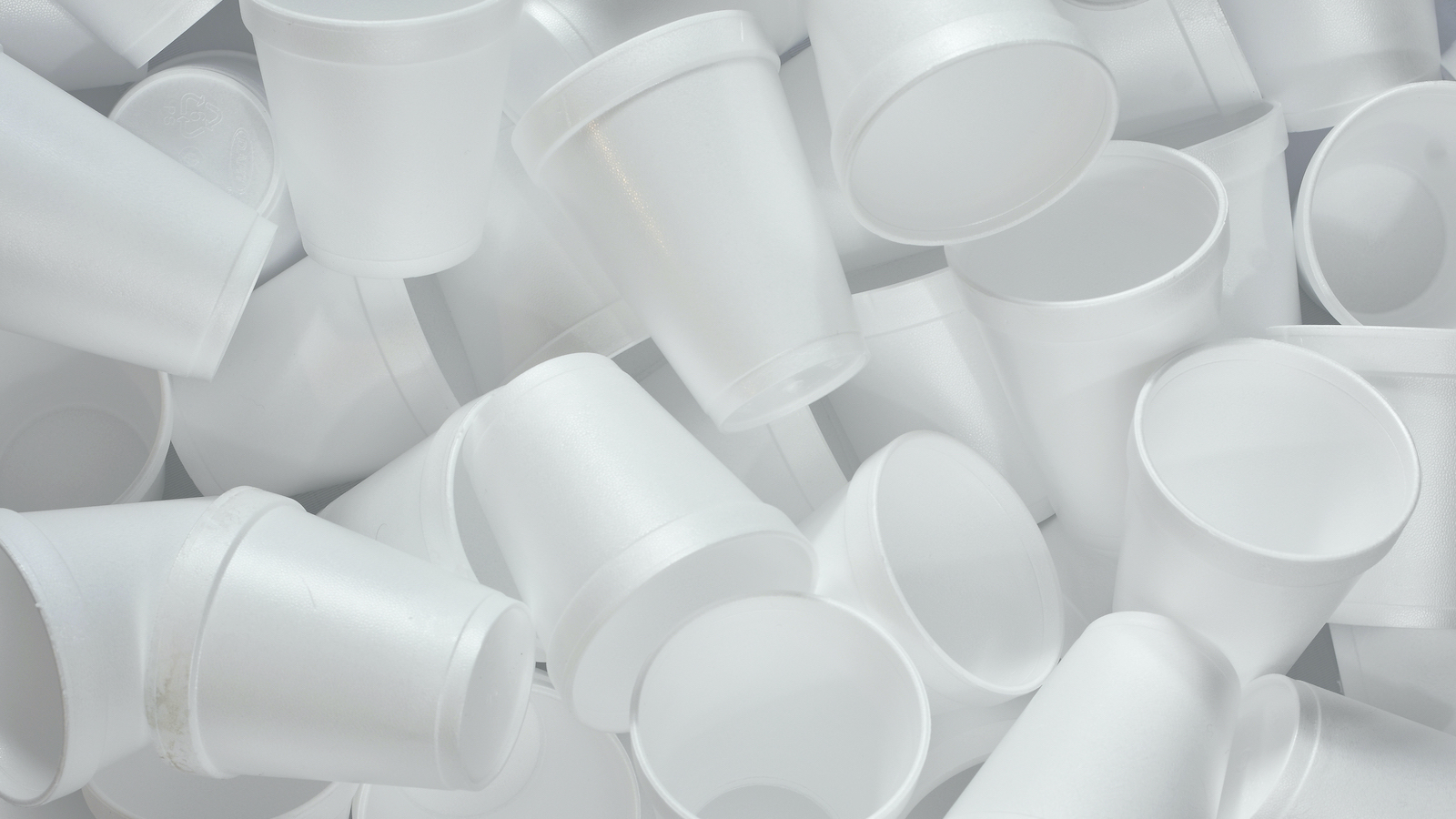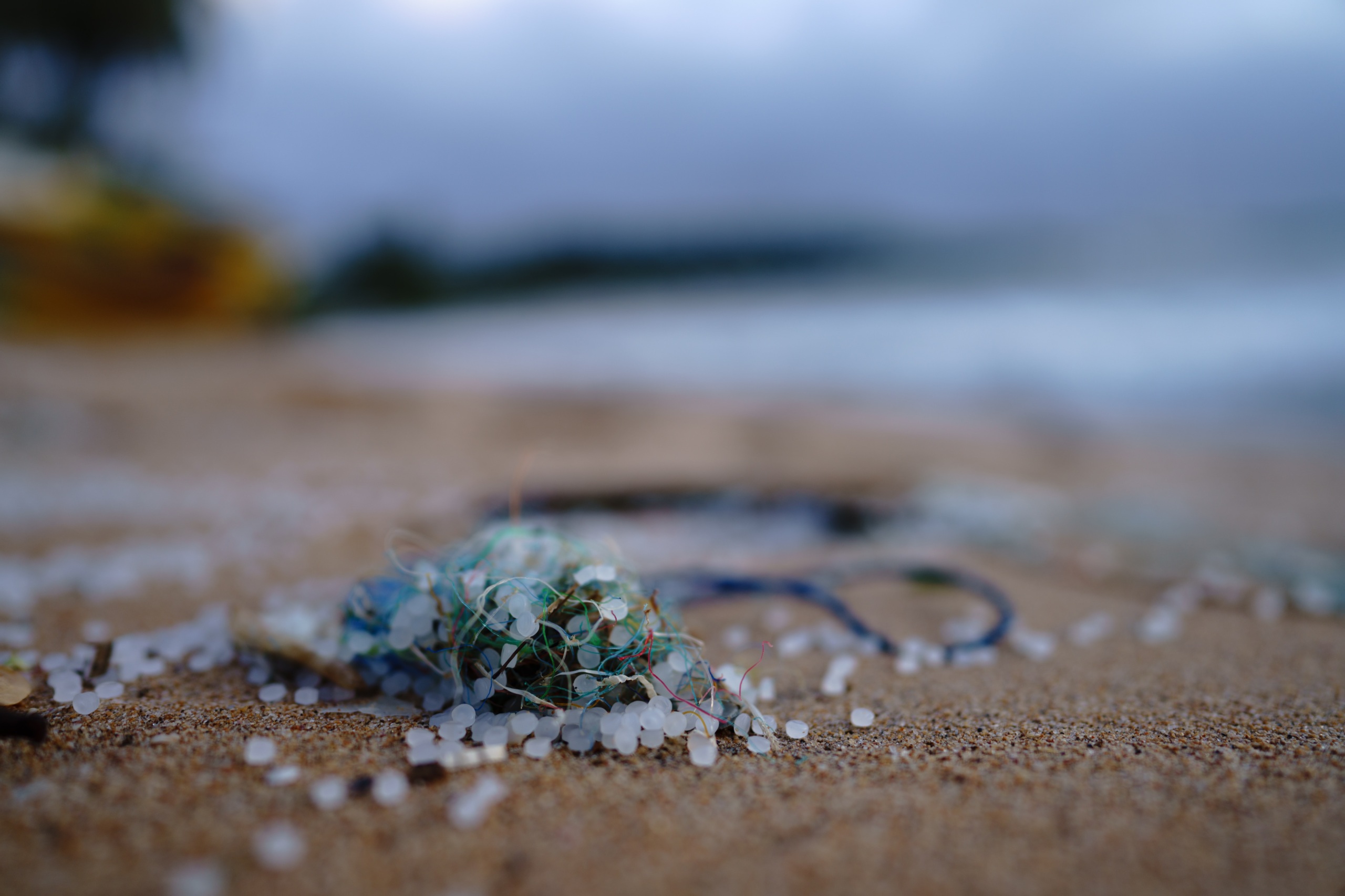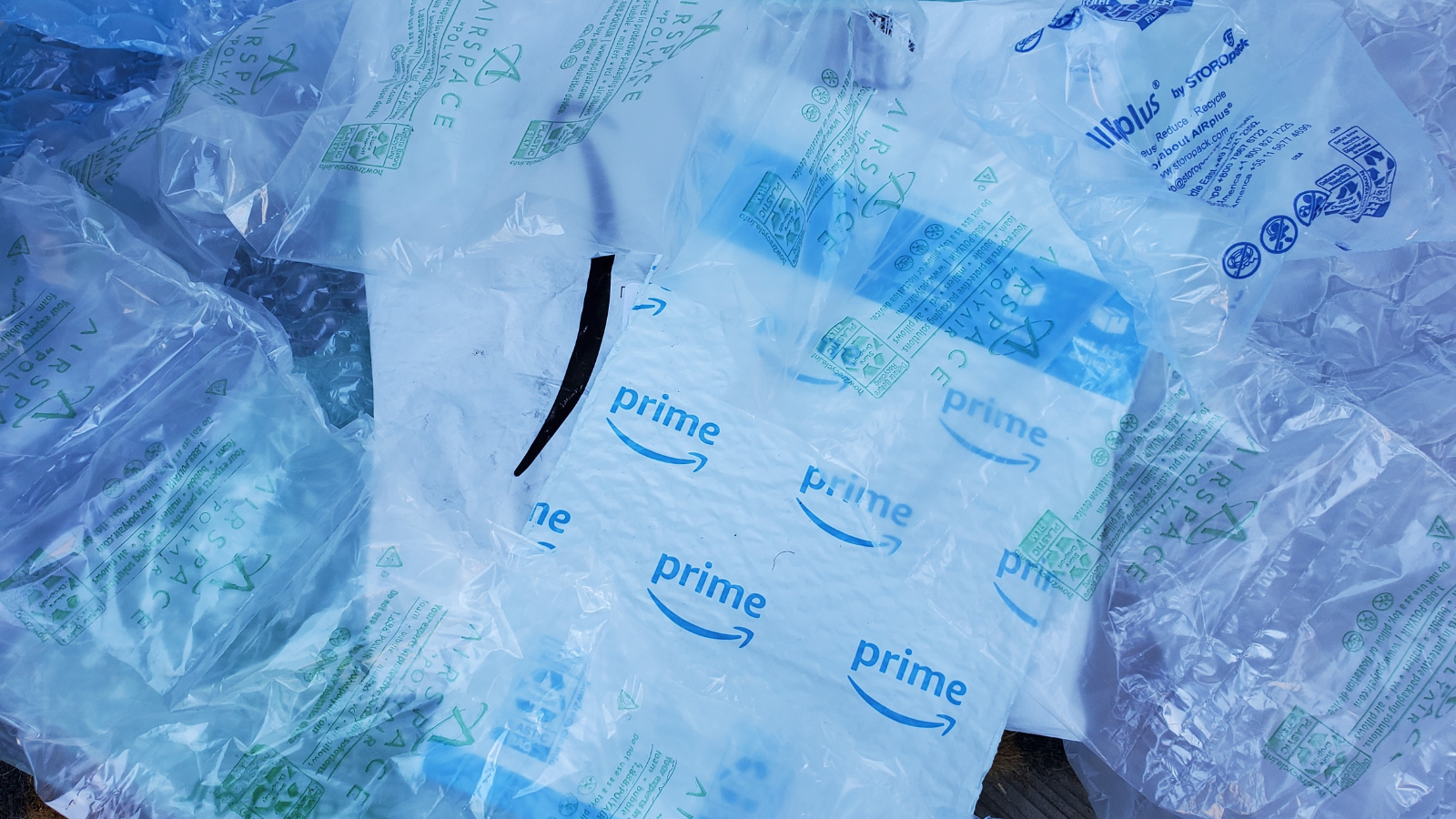Microplastics found in every sampled Oregon waterway
The odds of any Oregon waterway being free of microplastic contamination are slim.

The odds of any Oregon waterway being free of microplastic contamination are slim, a new study finds.
On Dec. 6, Environment Oregon Research & Policy Center released “Microplastics in Oregon: a Survey of Waterways,” and the report’s findings were grim: Microplastics, or pieces of plastic smaller than a grain of rice, were found in all 30 sampled Oregon waterways. With Americans producing 35 million tons of plastic waste every year, microplastics increasingly end up in our environment, waterways, marine animals — and even in human organs.
“The results of this study should set off alarms for all Oregonians who love our state’s rivers and lakes,” said Celeste Meiffren-Swango, Environment Oregon Research & Policy Center state director. “The staggering amount of microplastics we found likely means that no waterway is safe from plastic pollution.”
The report also outlines policy solutions to tackle the problem, including phasing out single-use plastics and allowing Oregonians to bring their own reusable bags and containers to grocery stores and restaurants.
Read more about the study.
Learn more about our Wildlife Over Waste campaign.

ACT NOW
Photo: Environment Oregon staff and supporters took part in collecting samples from Diamond Lake (above), Crater Lake, Salmon River and more. Credit: Staff
Topics
Authors
Mary Katherine Moore
Find Out More

Ditch plastic packaging: Shop at your local refillery

Agilyx, the “chemical recycling” facility in Tigard, is closing its doors. Here’s why that’s a good thing.

Millions of tiny plastic pellets are being dumped into our waterways

